Almabrok Essa
Brain Signals Analysis Based Deep Learning Methods: Recent advances in the study of non-invasive brain signals
Dec 30, 2021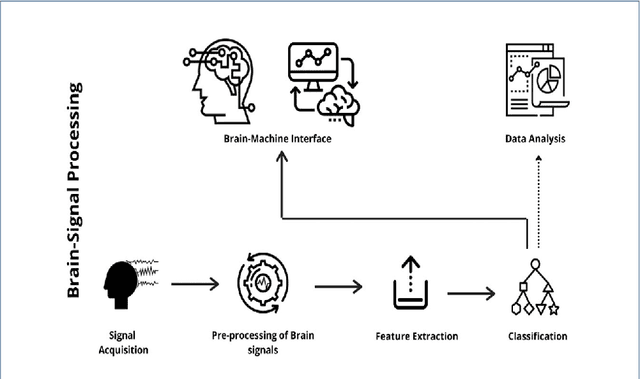
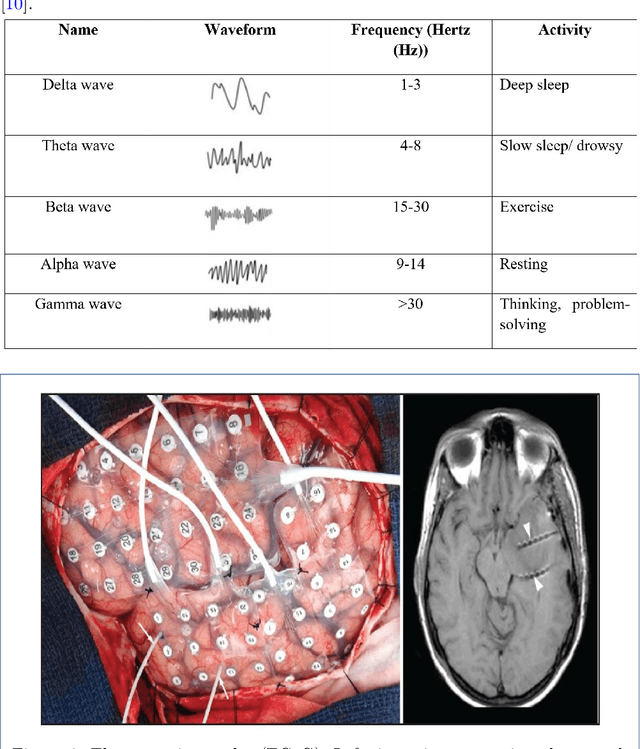
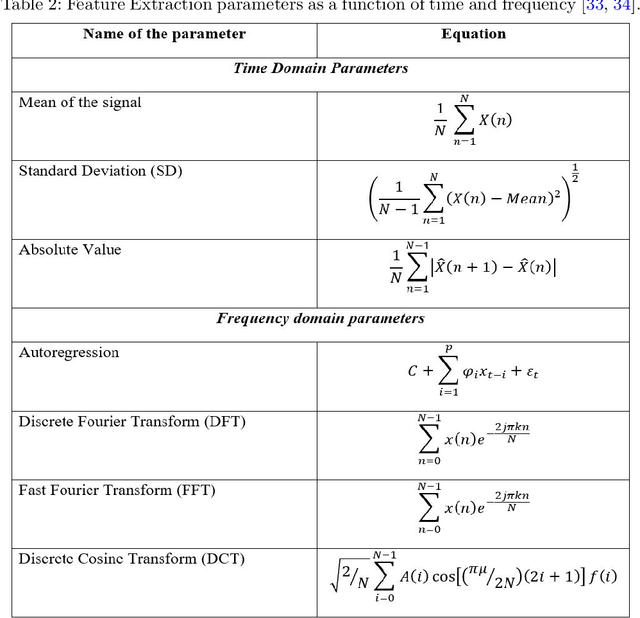
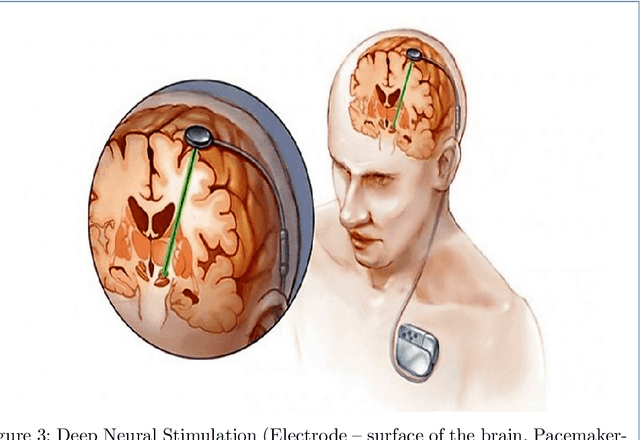
Abstract:Brain signals constitute the information that are processed by millions of brain neurons (nerve cells and brain cells). These brain signals can be recorded and analyzed using various of non-invasive techniques such as the Electroencephalograph (EEG), Magneto-encephalograph (MEG) as well as brain-imaging techniques such as Magnetic Resonance Imaging (MRI), Computed Tomography (CT) and others, which will be discussed briefly in this paper. This paper discusses about the currently emerging techniques such as the usage of different Deep Learning (DL) algorithms for the analysis of these brain signals and how these algorithms will be helpful in determining the neurological status of a person by applying the signal decoding strategy.
Real Time Video based Heart and Respiration Rate Monitoring
Jun 04, 2021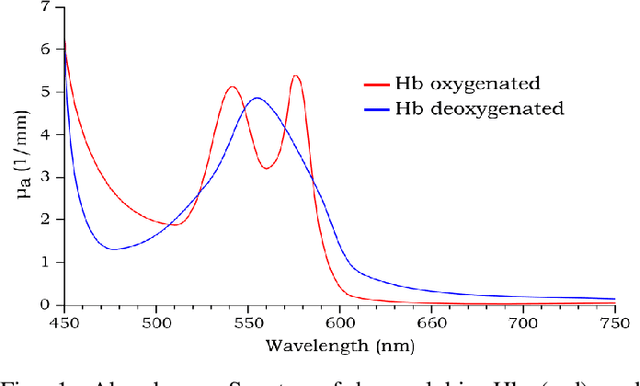
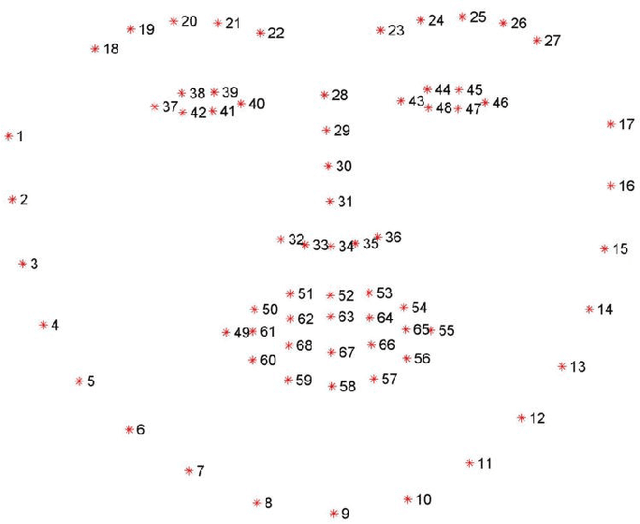
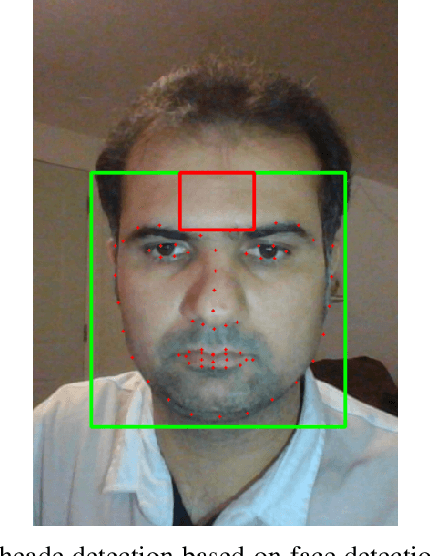
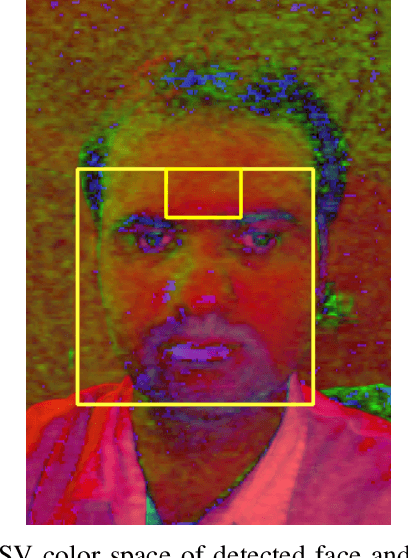
Abstract:In recent years, research about monitoring vital signs by smartphones grows significantly. There are some special sensors like Electrocardiogram (ECG) and Photoplethysmographic (PPG) to detect heart rate (HR) and respiration rate (RR). Smartphone cameras also can measure HR by detecting and processing imaging Photoplethysmographic (iPPG) signals from the video of a user's face. Indeed, the variation in the intensity of the green channel can be measured by the iPPG signals of the video. This study aimed to provide a method to extract heart rate and respiration rate using the video of individuals' faces. The proposed method is based on measuring fluctuations in the Hue, and can therefore extract both HR and RR from the video of a user's face. The proposed method is evaluated by performing on 25 healthy individuals. For each subject, 20 seconds video of his/her face is recorded. Results show that the proposed approach of measuring iPPG using Hue gives more accurate rates than the Green channel.
High Order Local Directional Pattern Based Pyramidal Multi-structure for Robust Face Recognition
Dec 12, 2020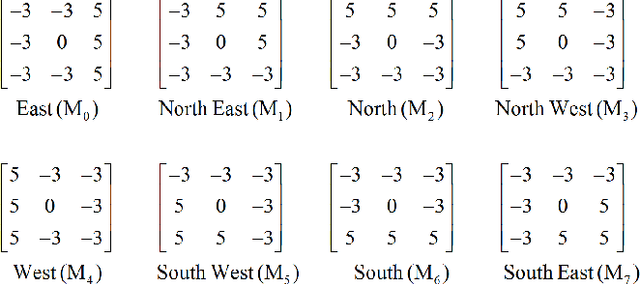
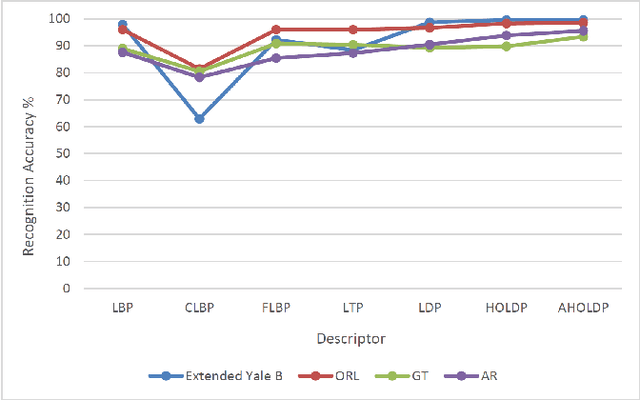
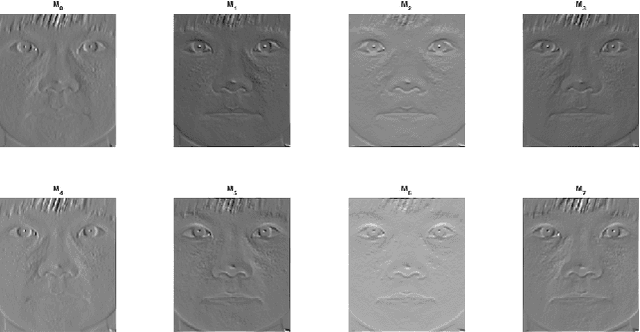
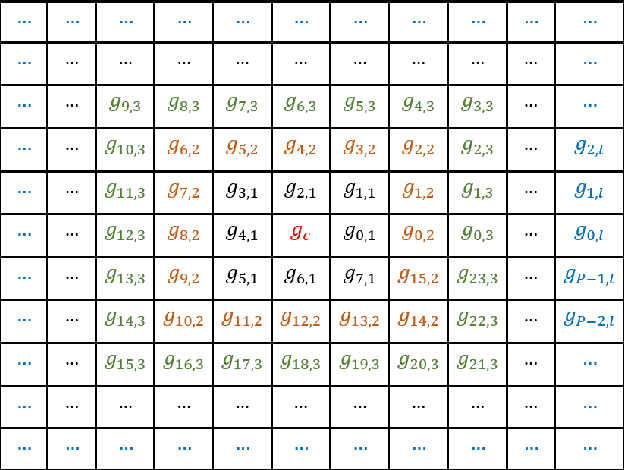
Abstract:Derived from a general definition of texture in a local neighborhood, local directional pattern (LDP) encodes the directional information in the small local 3x3 neighborhood of a pixel, which may fail to extract detailed information especially during changes in the input image due to illumination variations. Therefore, in this paper we introduce a novel feature extraction technique that calculates the nth order direction variation patterns, named high order local directional pattern (HOLDP). The proposed HOLDP can capture more detailed discriminative information than the conventional LDP. Unlike the LDP operator, our proposed technique extracts nth order local information by encoding various distinctive spatial relationships from each neighborhood layer of a pixel in the pyramidal multi-structure way. Then we concatenate the feature vector of each neighborhood layer to form the final HOLDP feature vector. The performance evaluation of the proposed HOLDP algorithm is conducted on several publicly available face databases and observed the superiority of HOLDP under extreme illumination conditions.
COVID-CLNet: COVID-19 Detection with Compressive Deep Learning Approaches
Dec 03, 2020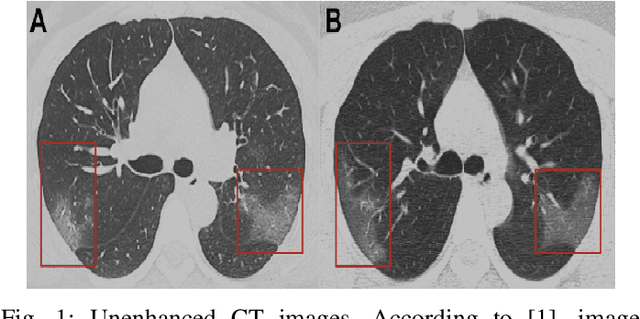
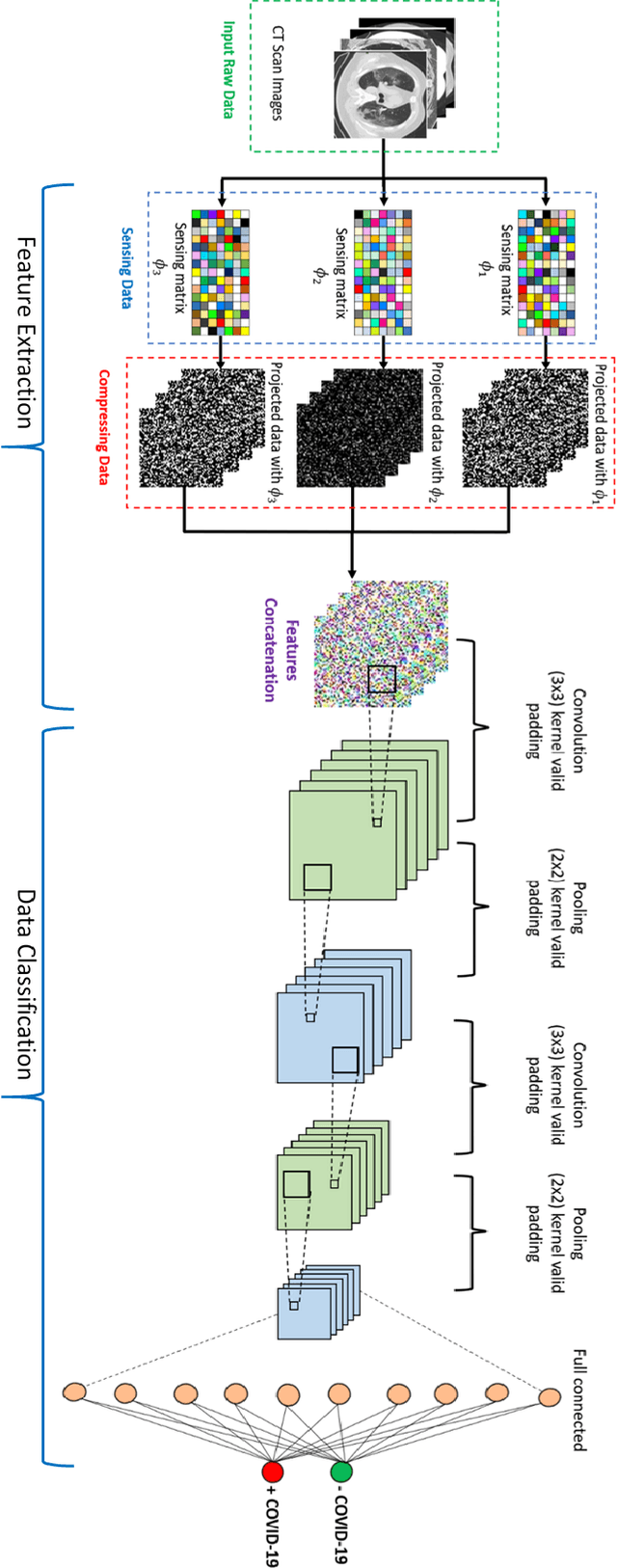
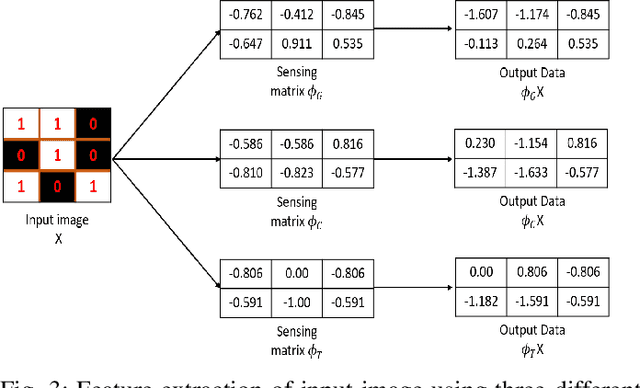
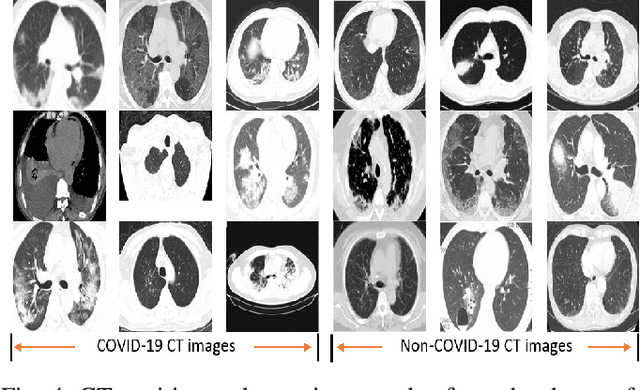
Abstract:One of the most serious global health threat is COVID-19 pandemic. The emphasis on improving diagnosis and increasing the diagnostic capability helps stopping its spread significantly. Therefore, to assist the radiologist or other medical professional to detect and identify the COVID-19 cases in the shortest possible time, we propose a computer-aided detection (CADe) system that uses the computed tomography (CT) scan images. This proposed boosted deep learning network (CLNet) is based on the implementation of Deep Learning (DL) networks as a complementary to the Compressive Learning (CL). We utilize our inception feature extraction technique in the measurement domain using CL to represent the data features into a new space with less dimensionality before accessing the Convolutional Neural Network. All original features have been contributed equally in the new space using a sensing matrix. Experiments performed on different compressed methods show promising results for COVID-19 detection. In addition, our novel weighted method based on different sensing matrices that used to capture boosted features demonstrates an improvement in the performance of the proposed method.
 Add to Chrome
Add to Chrome Add to Firefox
Add to Firefox Add to Edge
Add to Edge